We were lucky to live in a very interesting time. The time of information technology, the time of development, the time when borders between countries and people are blurred. And modern art is no exception.
This is confirmed by the recently held International Exhibition of Talented Contemporary Artists from Different Countries – AcademyofAmbitiousArtist, organized by the artist Artemieva Alesya, the author of the project, which works in the ancient Japanese technique of Oshibana. Members of the Advisory Council of the Eurasian Creative Guild (London) analyzed a number of art projects around the world came to the conclusion that the project “Academy of Ambitious Artists” is one of the most promising projects in the field of integrating international art and culture.
At the same time, one of the main issues is an objective assessment of the results of the work of a contemporary artist. Evaluation of contemporary art is an interesting and topical direction of appraisal activity.
What is evaluation? Valuation is the definition of the most probable price by which an object can be realized. Assessment in Kazakhstan has been developing since 1997. The Law on Valuation Activities was adopted only in 2000. The specialty developed rapidly and chaotically, and only in 2010, the first evaluation standards were adopted, which regulated the evaluation methodologies in the areas.
Who needs evaluation? First of all, it is needed by the authors themselves. Every creative person values his creations, they seem to him invaluable, unique, unique in their kind. And this is only part of the factors that the author invests in his work. And sometimes it is. However, in order to be able to sell the results of your work for adequate money (without resorting to fraudulent schemes, of course), it is necessary to determine the starting market value.
At the same time, it is important to understand that the value of the valuation object, which the appraiser determines, is just a starting point for starting a trade, in order to declare itself not to the market. Secondly, it is needed by potential buyers. The task of the appraiser is to objectively and reliably describe all the features of the evaluation object (such as the style of performance, the materials used, the data about the author and much, much more). If before the beginning of the bargain the buyer will be provided with all the information with justification and the ability to verify the given data, this will facilitate the decision making process and reduce the exposure time.
During the negotiations, there are often conflict situations that could be avoided if there is an open market for contemporary art, and there are uniform methods of evaluation. Currently, there is no corresponding legal and regulatory framework, both in our country and in many other countries of the world. As a result, the evaluation of works of art is purely indicative, often emotional.
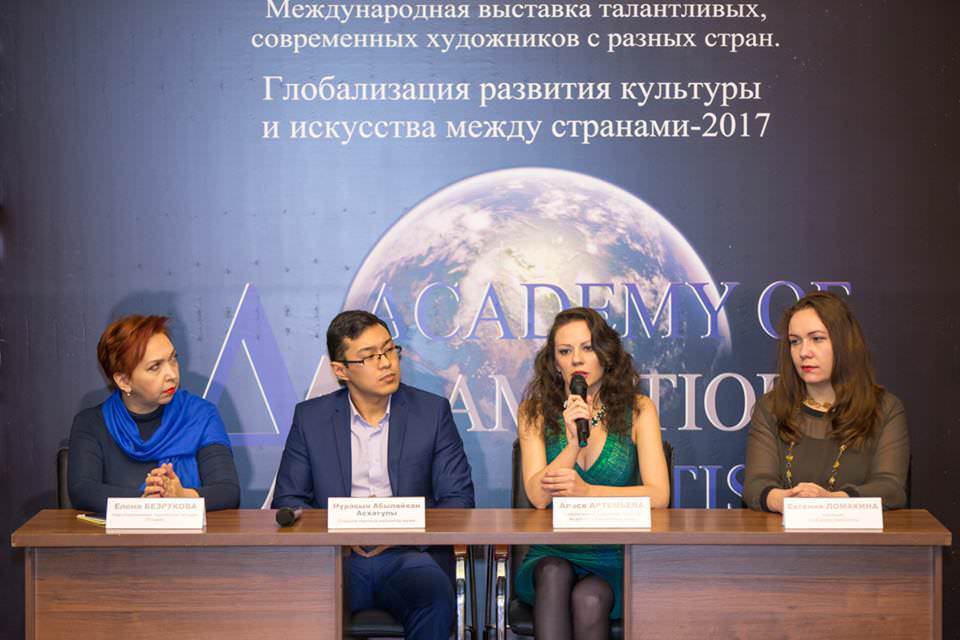 Currently, the evaluation is based on such indicators as the number of publications, exhibitions, catalogs, honorary titles or prizes. However, for contemporary art this can serve only as ancillary information. Statistical methods of research, which, above all, include the analysis of public opinion polls, can help in assessing the social significance of the artist and his works, but not their significance from the point of view of art history. And this can be applied to already known art objects and their authors. An additional complication is the confidentiality and non-publicity of data on transactions made by agreement of the parties. Thus, the formation of an open market, both for art objects in general, and for contemporary art in particular, comes to the fore. It is here that appraisers can become faithful allies and associates for both sellers (authors) and buyers.
Currently, the evaluation is based on such indicators as the number of publications, exhibitions, catalogs, honorary titles or prizes. However, for contemporary art this can serve only as ancillary information. Statistical methods of research, which, above all, include the analysis of public opinion polls, can help in assessing the social significance of the artist and his works, but not their significance from the point of view of art history. And this can be applied to already known art objects and their authors. An additional complication is the confidentiality and non-publicity of data on transactions made by agreement of the parties. Thus, the formation of an open market, both for art objects in general, and for contemporary art in particular, comes to the fore. It is here that appraisers can become faithful allies and associates for both sellers (authors) and buyers.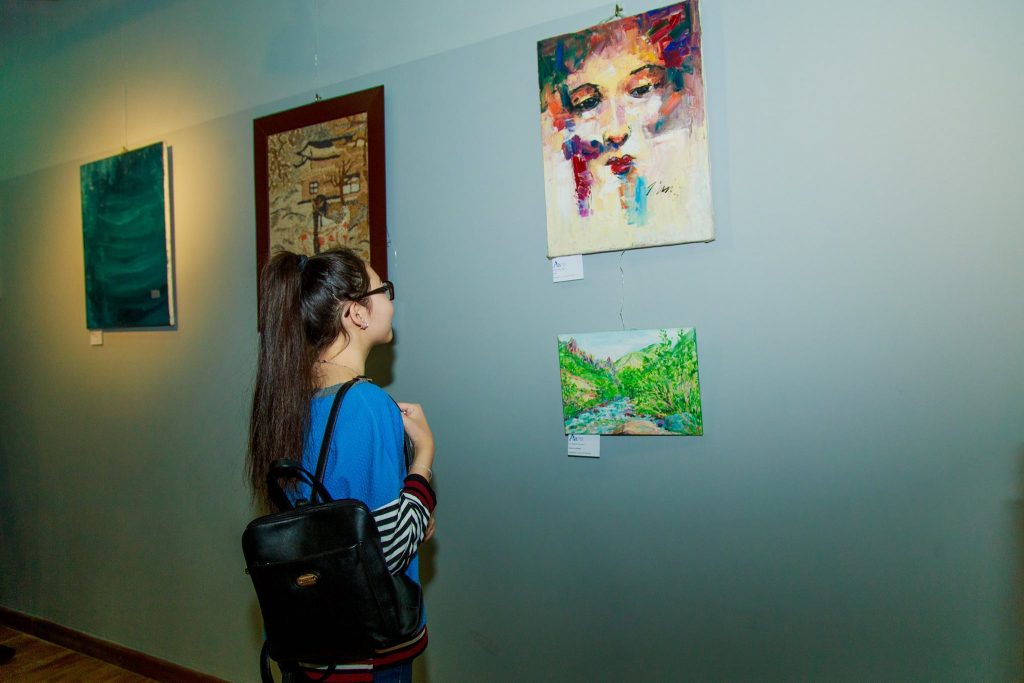 The possible way of solving and the first step for forming an open market can be the development and approval of the Evaluation Standard “Valuation of contemporary art objects”. At the same time, contemporary art should be isolated in a separate block and not confused with antiques and antiques. The second stage can serve as the formation of a certain layer of agent-intermediaries, which objectively and qualitatively represent the interests of the author before the buyers. Of course, this way is long enough, and we are only at the beginning of the way of becoming a market for the sale and purchase of contemporary art items. However, as a result, an honest, open and civilized market will be formed.
The possible way of solving and the first step for forming an open market can be the development and approval of the Evaluation Standard “Valuation of contemporary art objects”. At the same time, contemporary art should be isolated in a separate block and not confused with antiques and antiques. The second stage can serve as the formation of a certain layer of agent-intermediaries, which objectively and qualitatively represent the interests of the author before the buyers. Of course, this way is long enough, and we are only at the beginning of the way of becoming a market for the sale and purchase of contemporary art items. However, as a result, an honest, open and civilized market will be formed.
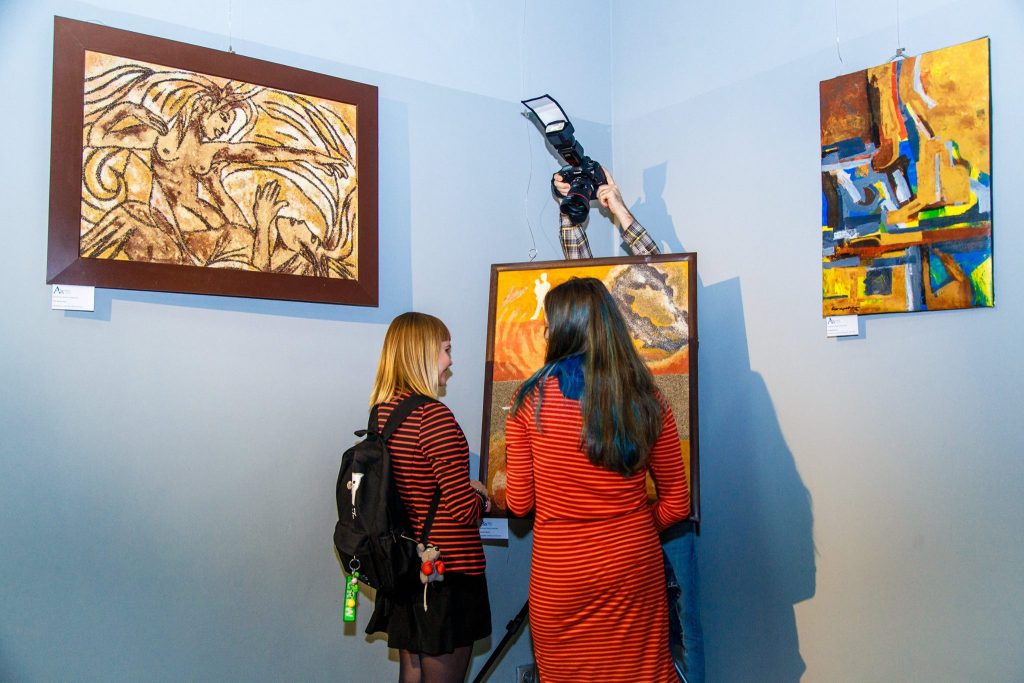 Author: Evgenia LOMAKINA, Practicing Appraiser Business Advisor, MBA Lecturer
Author: Evgenia LOMAKINA, Practicing Appraiser Business Advisor, MBA Lecturer

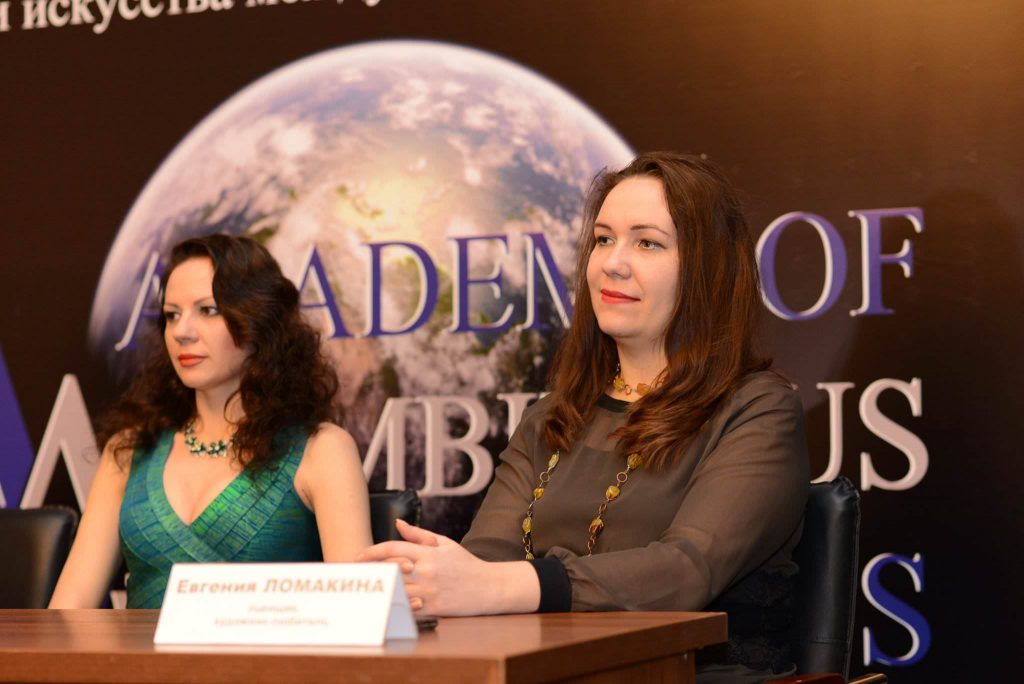
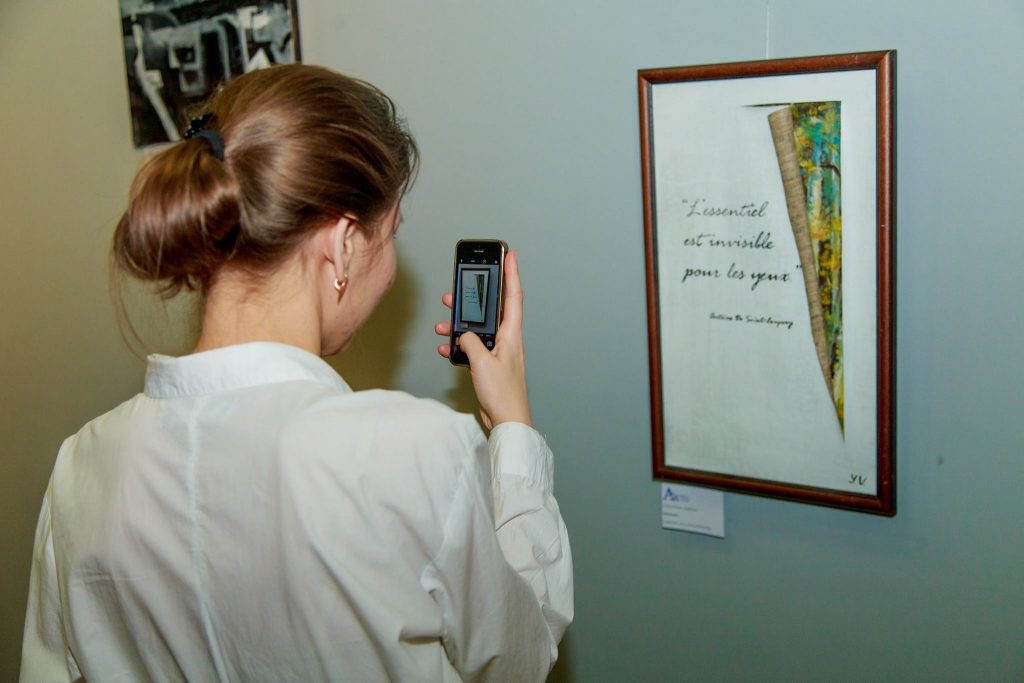
Recent Comments